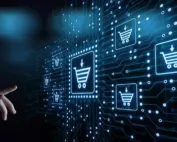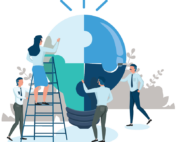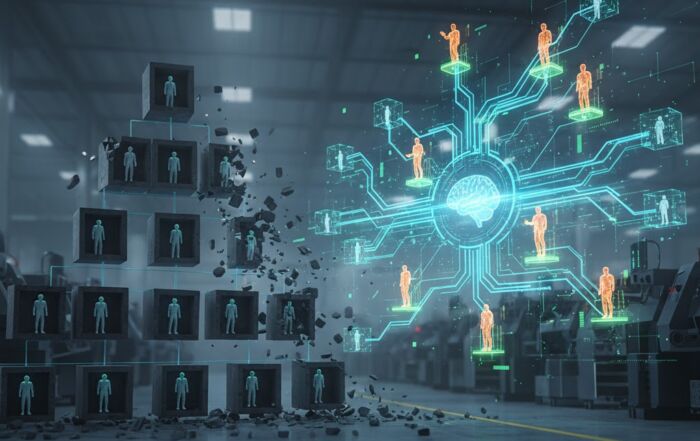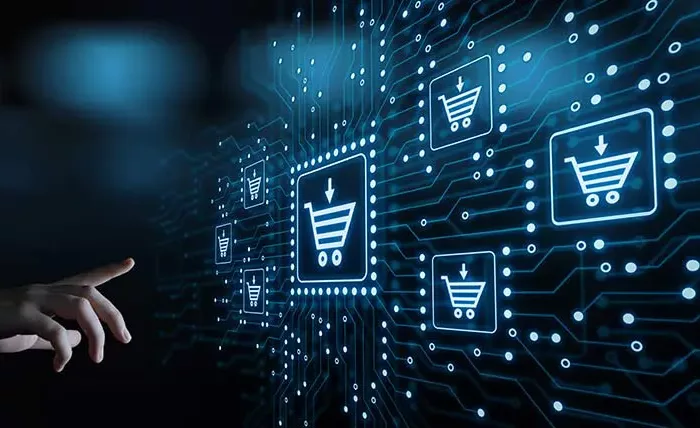Share
Author
Sam Bayer
Share
Looking Backwards
The overall theme for the last quarter was “languages”. And we did implement an additional language (French) including the required infrastructure to translate the app efficiently in all it’s aspects: buttons, labels, messages etc. Pretty soon we’re going to add several more languages, among them even one with a non-Roman alphabet: Russian (which makes Chinese and Japanese feasible as well).
While implementing the languages we realized that we needed “microsites“: the ability to allow subgroups of users and administrators within the same app (usually along the lines of sales organisations, but not necessarily). We found a way to achieve it pretty elegantly, even within Google Analytics, where we’ll set up a profile for each microsite.
A big chunk of our product development work last quarter can be categorized by what I refer to as the “fine-tuning” of existing functionality:
- Order Searches are now possible by ship-to (assuming you have the appropriate index in SAP activated), delivery and invoice number.
- We implemented the display of pricing details (mimicking what is shown on the order confirmation) when displaying orders and invoices and even during order creation.
- And for the catalog, we wrote a web service which returns the customer specific price for a material. If desired, because we use web services, this capability could easily be implemented on the home page as well.
- Regarding availability, we implemented a function which returns the availability of a material for a sold-to which usually is placed on the home page. This feature comes in handy when any of your customers want a fast way to get an answer to the question “do you have any of material xxx in stock?”. Prior to this work, the only way to get that answer was to deposit the item into our shopping cart and update the cart. That proved to be too many clicks for this use case.
As usual, all of our development capacity wasn’t spent on just launching new product features. Every client generates a certain number of “non-roadmap” customizations that we work on. With that said, while we don’t think they are generic enough to be rolled back into our product, they could easily be incorporated into any client specific implementation. Here’s what we delivered last quarter:
- free goods sub items (in order entry and order/invoice display)
- third party orders (in order display)
- sequential invoice numbers (required by law in some countries), i.e. not using the standard SAP invoice number
- present product substitution information in order/invoice display
In case you are interested in any of the abilities above, just gives us a ring. You know where to reach us :-)
Lastly, a significant amount of our time last quarter was spent researching, designing and prototyping some major infrastructure changes that we will be unveiling this quarter. You’ll learn more about it when we are ready to release it.
Looking Forwards
What are our plans for the next quarter ? We’re going to focus on usability issues. In one case we’re going to solve issues caused by the increasing number of users registered on our b2b2dot0 service and in the other case their desire to get relevant information quicker. So the theme for this quarter will be “Scaling Usability”.
First, we want to improve our administration capabilities. The primary driver is that our clients are starting to enroll their customers by the thousands onto our service and things get unwieldy pretty quickly when you’re trying to manage that many users. Consequently we will provide the ability to do mass user changes: assigning and deleting roles, mass activation (incl. e-mail), mass deactivation, etc.
Second: we plan to simplify the order and invoice search screens to be more user-friendly. We’ll start by providing only the input fields required for the selected search (and storing a default search by user). Once we start this effort we’ll look for other ways to enhance the user’s search experience.
Third: based on a visit to a Blount customer by Sam, we realized that the need for a “backorder” function would best be implemented by answering the question “when will material x be delivered to me ?“. After all, that was the underlying question which triggered the creation and emailing of the backorder report that Blount sends out every day. The current backorder report touches many hands, produces many pages, and undergoes several transformations along the way before it can answer that simple question. We’re going to answer it directly with a simple query to SAP and generate a significant process improvement for both our clients and their customers. We’re looking forward to releasing it as quickly as we can.
Adrian
[want_more title=”Learn more” subtitle=”FREE Case study: 150% Sales Growth with Rich Content” description=”Learn how a leading flooring manufacturer more than doubled sales with a B2C-style catalog.” button_text=”Download Now” button_link=”/” button_class=”btn btn-primary mannington-ae” title2=”See it for yourself” subtitle2=”Talk to us” description2=”Curious what Corevist Commerce can do for you? Let us show you a personalized demo. You’ll see ecommerce with real-time SAP data.” button_text2=”Schedule Demo” button_link2=”https://www.corevist.com/demo/” button_class2=”demo-popup”]







